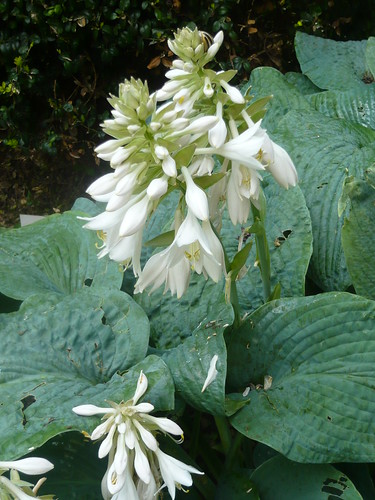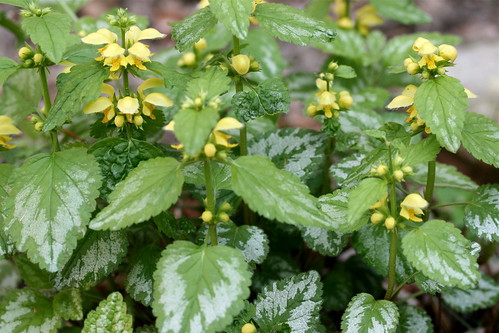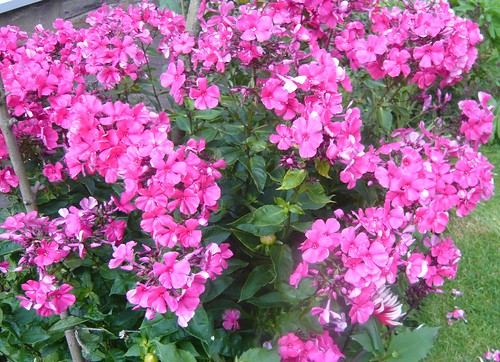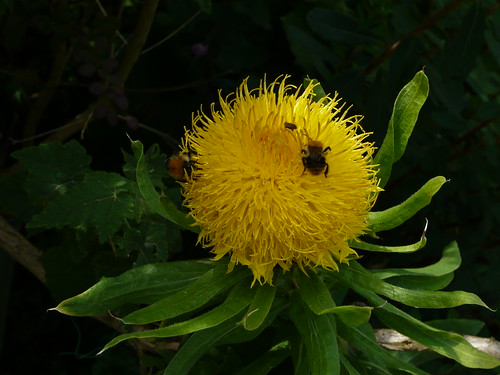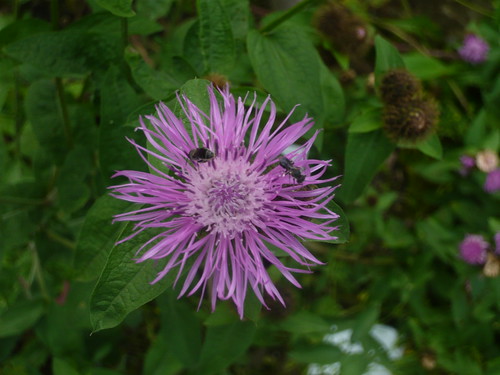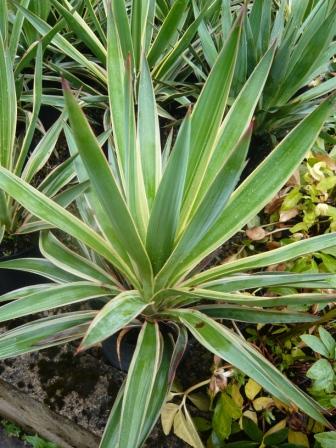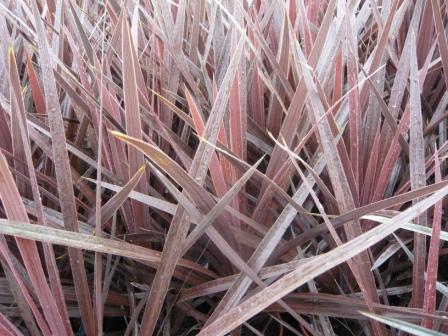Shade Loving Perennials a Top Ten
Plants that thrive in the shade also tend to be heavy drinkers. Here is my top ten list
Top Ten Shade Loving Perennials for the UK
- Bergenia varieties including Bressingham White, Baby Doll, Rotblum and Bergenia cordifolia
- Hosta varieties including Aureo marginata, Moerheim, Halcyon, Wide Brim and Hosta venricosa.
- Dicentra varieties including Boothmans variety, spectabilis and formosa Luxuriant.
- Astilibe varieties including Deutchland, Europa, Fire Ostrich Plume and W M Buchan
- Alchemilla mollis
- Epimedium varieties including Roseum, Pinck Colchicum and Sulphureum
- Helleborus Oriental hybrids or species, cyclophyllus, foetidus and purpurescens.
- Polygonatum giganteum or multiflorum
- Pulmonaria varieties including Mary Motram, Dora Bielefeld and Roy Davis.
- Tellima grandiflora and grandiflora purpurea
Most gardeners have a shady spot so I hope this list gives you some ideas for new varieties to try growing. Of course most of these plants will tolerate some sunshine but then need even more water to thrive.
Shade Loving Ground Cover Perennials
- Sweet Woodruff or Galium odoratum thrives in alkaline soil
- Anemone nemorosa Robinsoniana has a carpet of ferny leaves and white flowers that all die down in summer
- Lamium galebdolon dead nettle a scrambling, variegated evergreen.
- Symphytum grandifolium or dwarf comfrey has leaves that make good compost
- Saxifraga spathularis or St Patrick’s Cabbage is evergreen but not as cabbage looking as some gardeners.
- Vincas minor Getrude Jekyll
Credits
Lamium by Shotaku CC BY-NC-ND 2.0

Planting the Dry Shade Garden: The Best Plants for the Toughest Spot in Your Garden by Graham Rice
Dry Shade Perennials a Top Ten
Best Shade loving plants

